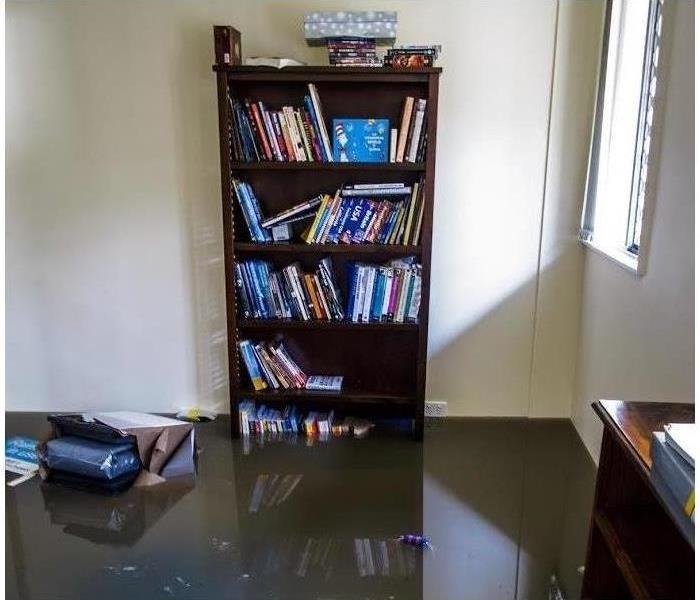The Do's and Don'ts to Follow After a Serious Storm
11/14/2020 (Permalink)
 After a serious storm contact SERVPRO of ECGL&H, we will help guide you through the restoration process.
After a serious storm contact SERVPRO of ECGL&H, we will help guide you through the restoration process.
Should you break out the boots and trudge through the post-storm flood in your home? Even though the rising water may tempt you into some DIY cleanup, this strategy could cost you unnecessary time and money. If you have storm damage, take a look at the do's and don'ts to follow first.
Do Wait for the Go-Ahead
Is your home structurally sound or safe to re-enter? Whether your ceilings sag, the lights spark, or your home has another potential risk, you need to stay out and away — at least for now.
Before you re-enter your property, wait for the go-ahead from a professional. In some cases, this may mean you need a green light from multiple experts. These could include an electrician, utility worker, EMS personnel, restoration contractor, or engineer. Provided it's safe to go home again, read on for information on the next steps to take.
Don't Take Risks
Even though the experts may say your home is safe to re-enter, that doesn't necessarily mean you can move back in completely. It's likely you'll need to hire a water restoration contractor to mitigate the damage before you resume daily life in your home. If you're not sure whether it's safe to stay, contact a contractor as soon as possible for a professional evaluation.
While you wait for the contractor to assess, treat, and restore your home, steer clear of standing water, weak floors, and other obvious areas of damage.
Do Take Photos
Your insurance company may not send someone to immediately assess the damage. But that doesn't mean you should start the repairs without documentation. If it's safe to re-enter and walk through your home, photograph the damage. This may include pictures of carpeting, walls, ceilings, appliances, and anything else that has a visible post-storm problem.
If you're not exactly sure what type of damage to document, ask the restoration contractor. They can help you to determine what the insurance company may need to see in order to make a claim. Along with the contractor, talk to your insurance agent. The insurance adjuster may need to see specific types of damage or may want views of details you hadn't thought of.
Don't Remove Water-Logged Items
This may seem like the opposite of what you should do after a storm. But if you don't have experience handling water damaged furniture, flooring, or other items, you can cause more problems than you fix with a do-it-yourself approach.
Wait for a damage and restoration contractor to evaluate the situation before you touch anything inside your home. Even though the water may look fresh, it could harbor microorganisms or pose a health risk — especially if the damage happened days ago.
Do Replace Some Items
Even though you shouldn't remove water-damaged items, the contractor should. Along with any standing water, the contractor may remove some items from your home. In some cases, it's possible to restore furniture, flooring, and other home accents. The ability to restore or repair these items depends on the extent of the damage, potential contamination, and the time or cost it will take.
Expect to replace some items — especially anything with severe damage, visible mold growth, or other issues that prevent a full restoration. If the damaged piece of furniture (or other item) is old, low value, worn, or has other damage, you may save time, money, and headaches with a replacement.
Talk to your insurance agent about what this means for your claim. It's possible the insurance company will pay for a replacement. But you shouldn't assume they will without verifying what your policy does and doesn't cover first.
Do you need help with water damage restoration after a storm? Contact SERVPRO of Eaton County, Clinton and Gratiot Counties, Lansing & Holt for more information.


 24/7 Emergency Service
24/7 Emergency Service